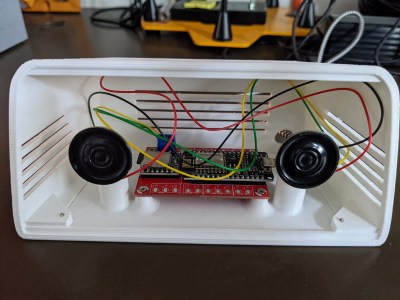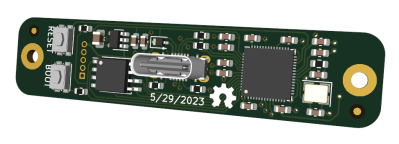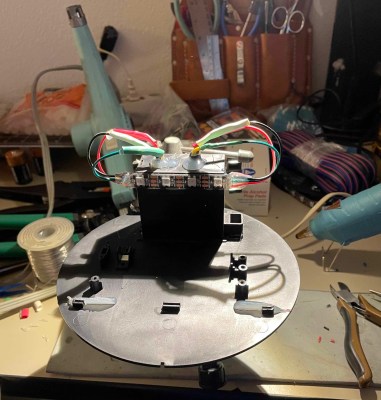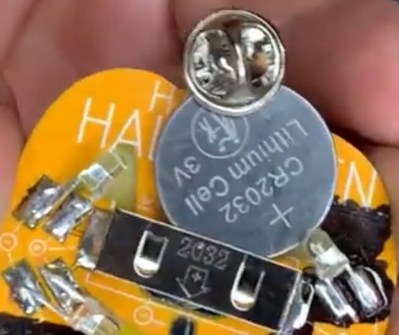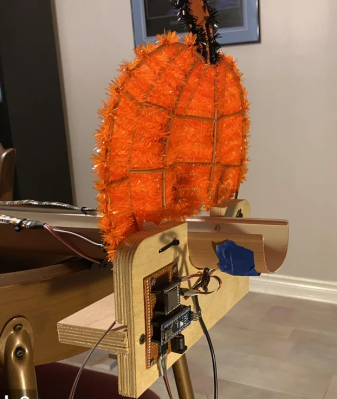This may look like another DIY mechanical keyboard, but it’s hiding a secret. [Mx. Jack Nelson] has combined Halloween and keyboards in glorious, haunted fashion. Type a line, any line into this bad boy and you get a spooky, sort of cryptic response generated by AI.
Essentially, a Raspberry Pi Pico W does all the work, it handles the keyboard matrix, connects to Wi-Fi, sends the input to ChatGPT, and spits the response out on the screen wherever the cursor happens to be. Incidentally, it turns out [Mx. Jack Nelson] used ChatGPT to generate much of the CircuitPython code.
The layout is a custom 40% that is heavily influenced by the Akko 40%, with the Ctrl, Alt, and Win keys replaced by Ctrl, Cmd, and Opt. This was [Mx. Jack Nelson]’s first PCB, and you never forget your first. You don’t want to miss the demo video after the break.
Are keyboards just not spooky enough for you? Here’s a creepy baby doll that does basically the same thing.
Continue reading “2023 Halloween Hackfest: Haunted Keyboard Is Free From Ghosting”



